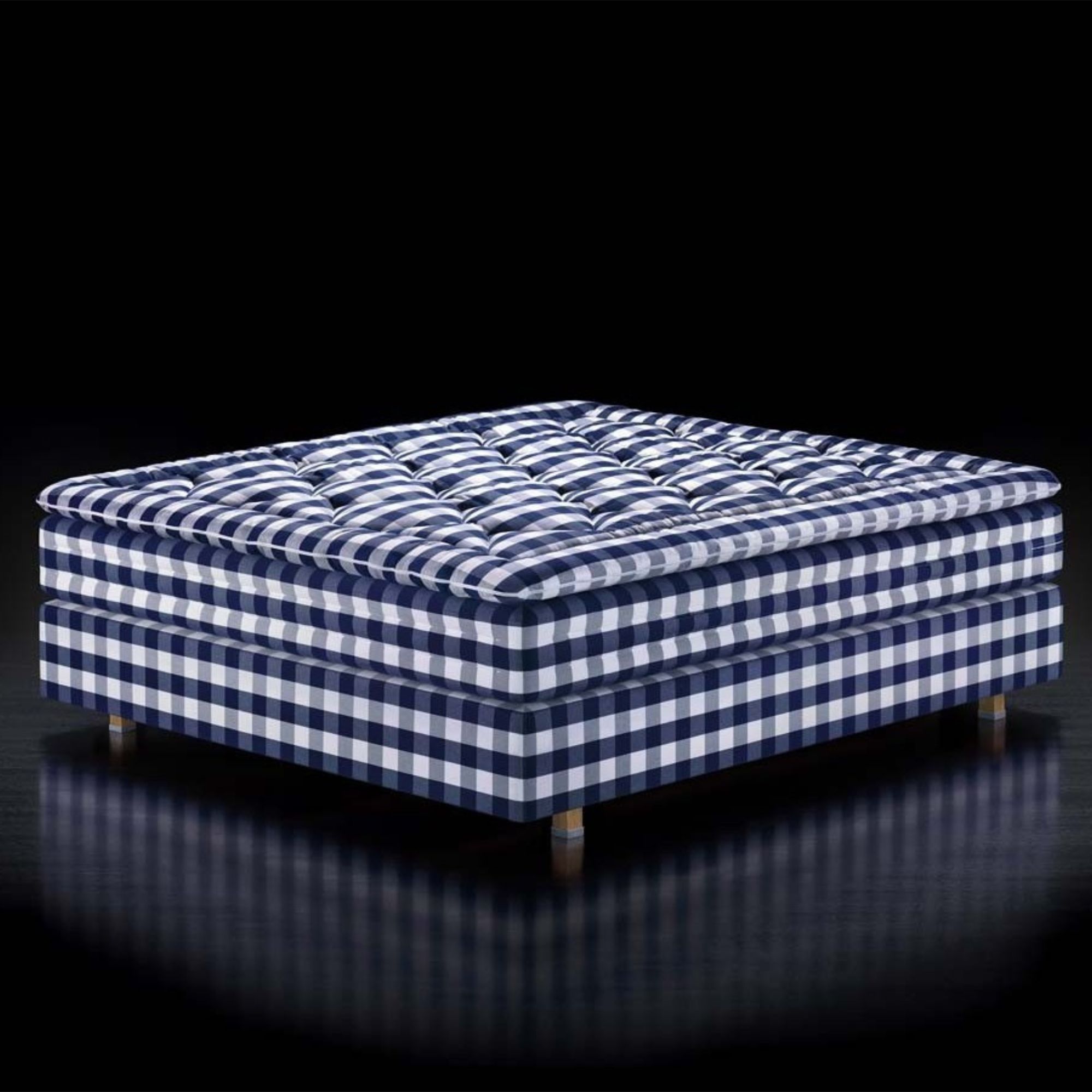I tried the million-dollar Hästens mattress – but I can't stop dreaming about this $10,000 alternative
There's so much more to Hästens than the Grand Vividus − I took a trip to the luxury mattress factory in Köping, Sweden, to see for myself
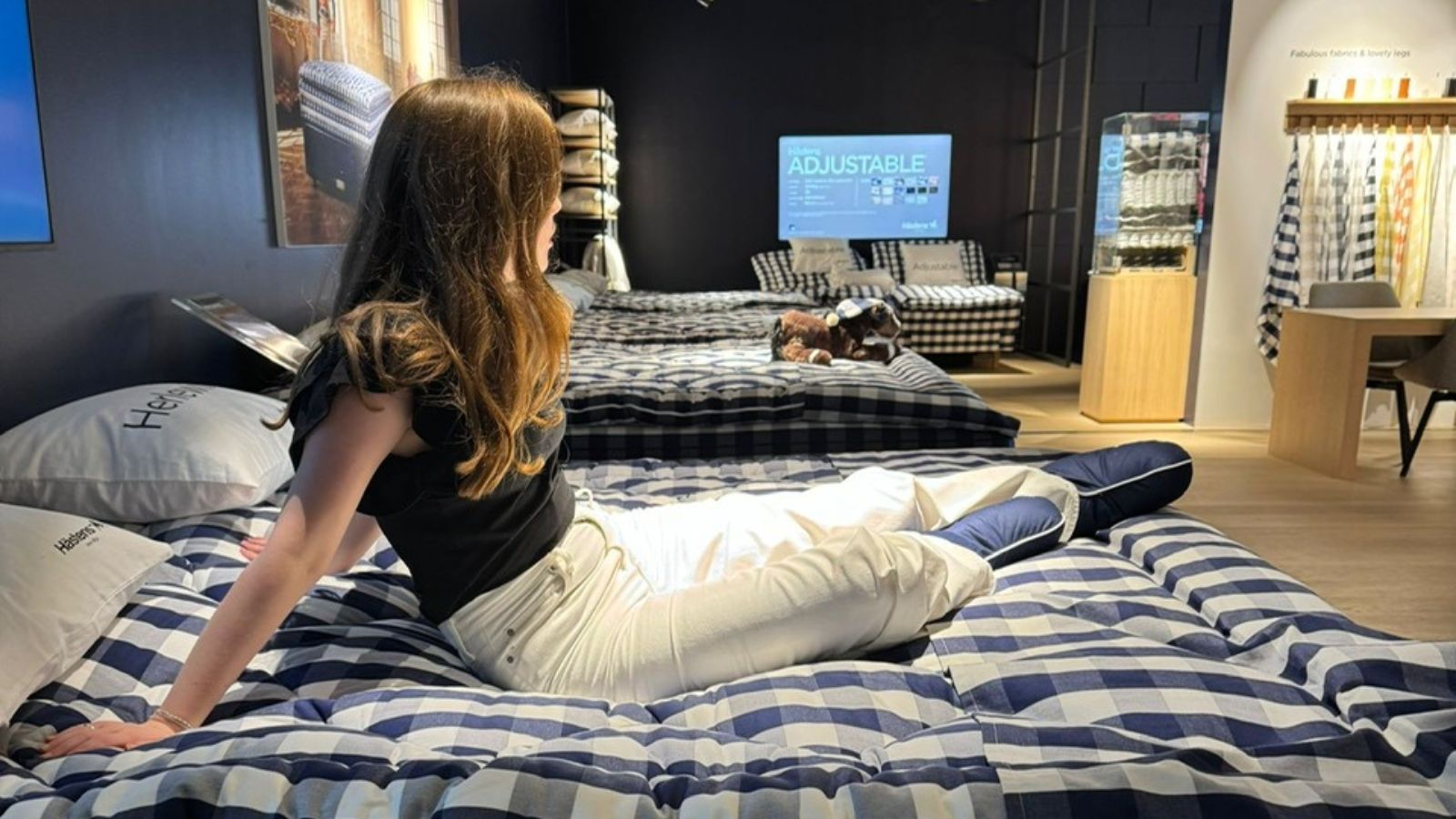

'I'm going to sleep on the world's most expensive bed. Guess how much it costs.' This is the question I asked my colleagues in the run-up to my mattress testing trip. I watched as they furrowed their brows in thought.
These are seasoned shopping writers, who think nothing of recommending home and garden goods that costs hundreds, even thousands, of dollars. $10,000? $30,000? they guessed. The highest bid was $40,000. So, imagine their shock and skepticism when I told them that the world's most expensive bed – the Hästens Grand Vividus, which launched in 2020 − can cost as much as $1 million. When I came back from my trip, everybody wanted to know – is it worth it?
My answer: yes and no. The Grand Vividus is seriously sumptuous, made from the finest natural materials, but it isn't my favorite mattress that Hästens makes. That accolade belongs to the Maranga, a $10,000 alternative, which is a far better match for my sleep style (and price point).
The Grand Vividus gets all the glory, but I wonder whether such intense media focus on one mattress creates an incomplete impression of Hästens. The ultra-premium bedding company didn't spring into existence, fully formed, in 2020: it was founded in 1852 by Pehr Adolf Janson, a saddle-maker with a vision for the future of horsehair (the current CEO, Jan Ryde, is his great-great-grandson). And while you'll find Hästens in the homes of Swedish royalty and A-List celebrities, there are millions of ordinary people who have chosen to put their hard-earned wage behind a Hästens. Since visiting the Dream Factory in Köping, Sweden to see how a mattress is made, I can understand why.
My trip to the Hästens factory
Before we begin, a quick disclaimer concerning costs. You'll read some reports the Hästens Grand Vividus costs $400,000: others estimate $600,000, and a few say as much as $1 million. The truth is that the price of a Hästens mattress fluctuates as the costs of their materials rise and fall. The patterns you pick and the size you select also impact the price of your mattress. For the most up-to-date information, I suggest you request a Hästens catalog.
The night before
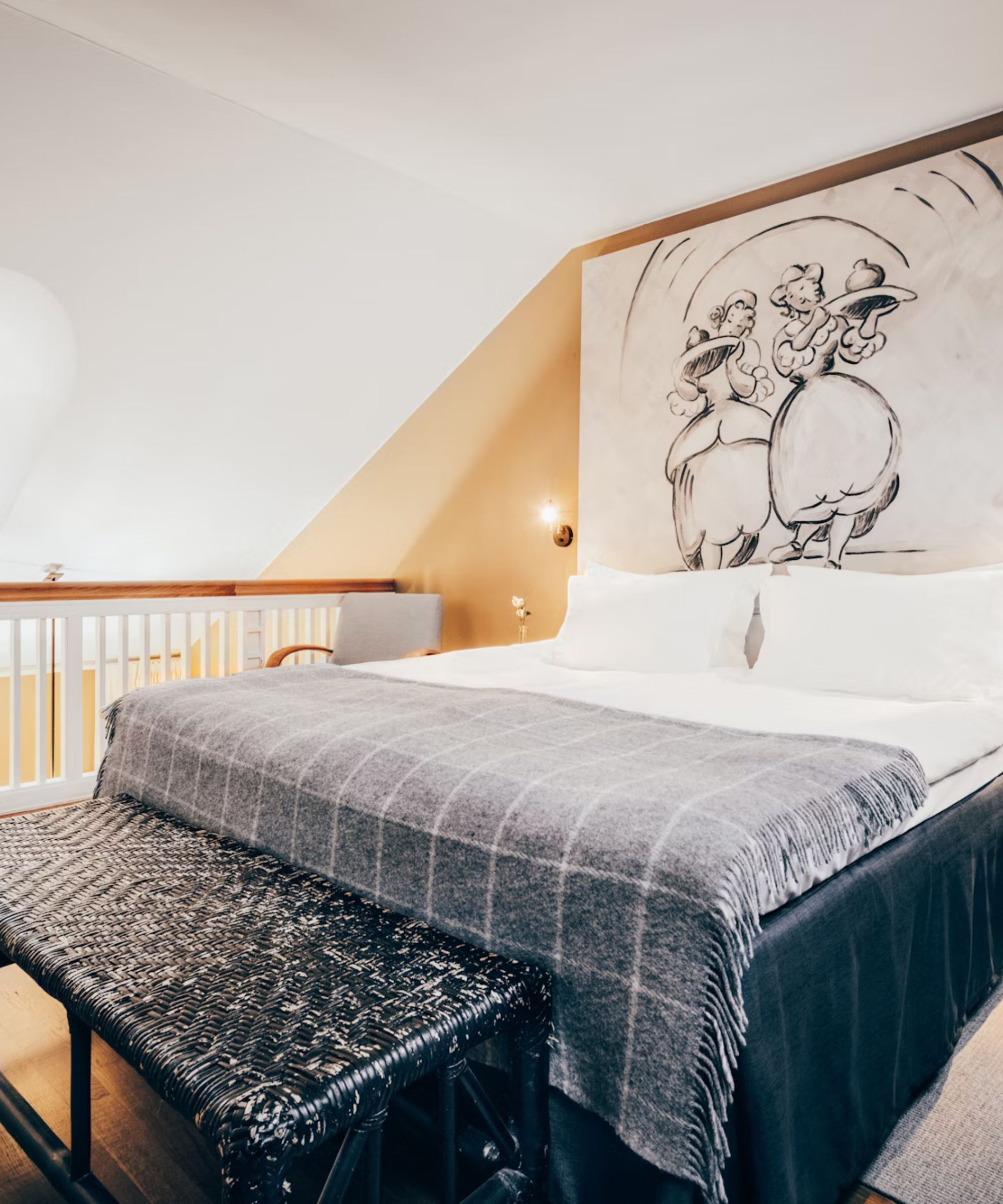
In the absence of a direct flight to Köping, I spent the night in the Stallmästaregården Hotel in Stockholm. I've always wondered, 'what mattresses do hotels use?' and now I know that the Stallmästaregården is one of many hotels across the country and around the world that partners with Hästens. Closer to home, you'll find a Hästens sleep system in the Lotte New York Palace and the Thompson Dallas.
The term 'sleep system' might sound like marketing jargon, but it's the most accurate representation of a Hästens bed, which comprises three components: a top mattress, a middle mattress, and a bed base. I was sleeping on an early version of the Hästens Maranga, filled with layers of hand-teased horsehair, wool and cotton, and founded on 1,380 springs.
Sign up to the Homes & Gardens newsletter
Design expertise in your inbox – from inspiring decorating ideas and beautiful celebrity homes to practical gardening advice and shopping round-ups.
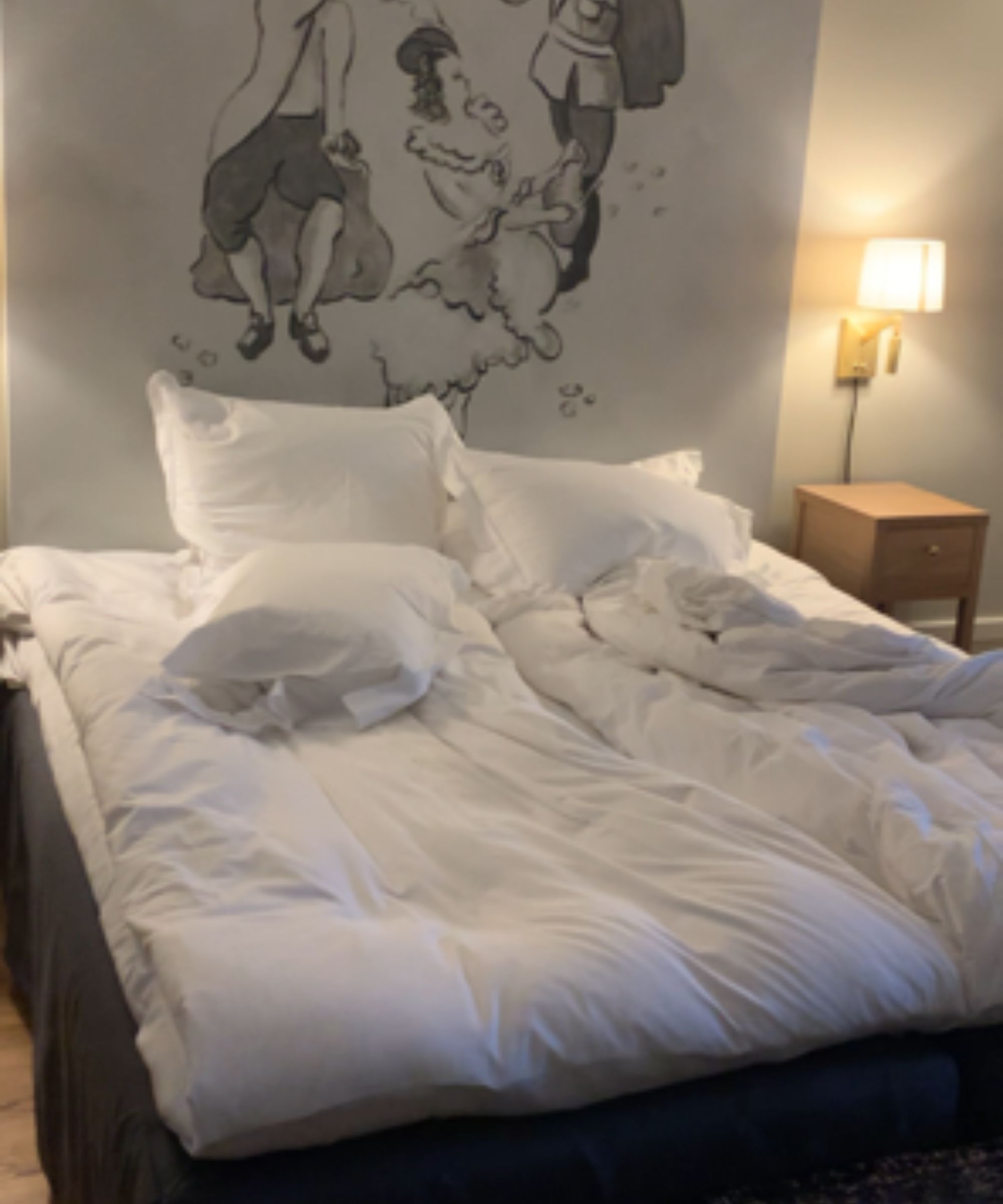
Beat from a long day and an early flight, I didn't sit on my Hästens mattress so much as collapse into it. Immediately, I could feel a bit of bounce from the spring coils. It's been a few years since I've slept on an innerspring mattress − I'm firmly attached to my memory foam model – and I started to worry that the springs would make for motion transfer as I tossed and turned. I never sleep too well my first night in a new place, especially with a time difference, and I was nursing a crick in the neck from a nap on the plane. All this to say that the odds were stacked against me getting a good night's sleep.
But that's exactly what I got. As I awoke to the sound of my alarm, I realized that I hadn't woken up throughout the night. I was lying on the same side of the bed, in much the same position as the night before. Even the pain in my neck had disappeared, without the intervention of memory foam. I felt well-supported, well-rested, and a little bit silly. I've spent much of my life trying to figure out how to sleep well away from home on sleeper sofas and air beds, and now I realize that a good mattress is a non-negotiable. As I boarded the train from Stockholm to Köping, I was sold on the benefits of the Maranga sleep system, but I didn't know if I'd spend half my annual salary on it.
The factory tour

I was chauffeured from Köping station to the Hästens factory in a trademark blue-check Mercedes SUV. For the benefit of the uninformed, the blue-check is the Hästens calling card, a pattern that adorns many of their mattresses and much of their bedding. It's a sharp contrast against the plain whites, beiges, and creams you see in most mattress factories, and there's a practical benefit to this USP. Following the blue-check makes it much easier for the mattress makers to position their stitches at perfectly regular intervals.
But I'm getting ahead of myself. The Dream Factory, as it's known, adjoins the Hästens Head Office, and that's where I was headed first. The office walls are lined with letters from happy customers, along with a series of certificates. A closer look and a quick translation told me that these certificates were warrants from the Swedish Royal Court. Hästens was appointed Purveyor to His Majesty the King of Sweden in 1952, I learned, and their relationship is still going strong 70 years later.
So, Hästens appeals to European royalty, and Hollywood royalty, too. Another wall of the office, playfully known as the 'Wall of Fame', is covered with framed photographs of musicians, actors, businessmen and tech moguls who own a Hästens sleep system. There isn't enough space in this article to list all their names, and at any rate, I'm not allowed – I signed an NDA before I took two steps into Head Office. The gossip in me is disappointed, but the media lawyer understands. Unlike a lot of mattress brands, Hästens doesn't do freebies in exchange for exposure. Each of these celebrities paid good money for their Hästens sleep system, and they aren't interested in free advertising.
Some celebrities are more vocal than others about their love for Hästens. Tennis star and entrepreneur Maria Sharapova bought her first Hästens sleep system in 2004. Now, 20 years later, she's teamed up with Hästens to launch their Sleep to Perform talent program. 'Sleep is essential to performance, regardless of industry or where people may be in their careers,' says Maria. 'My first big purchase after a tournament win was a Hästens mattress. Even though it was an investment, it was one of the most important purchases of my career.'
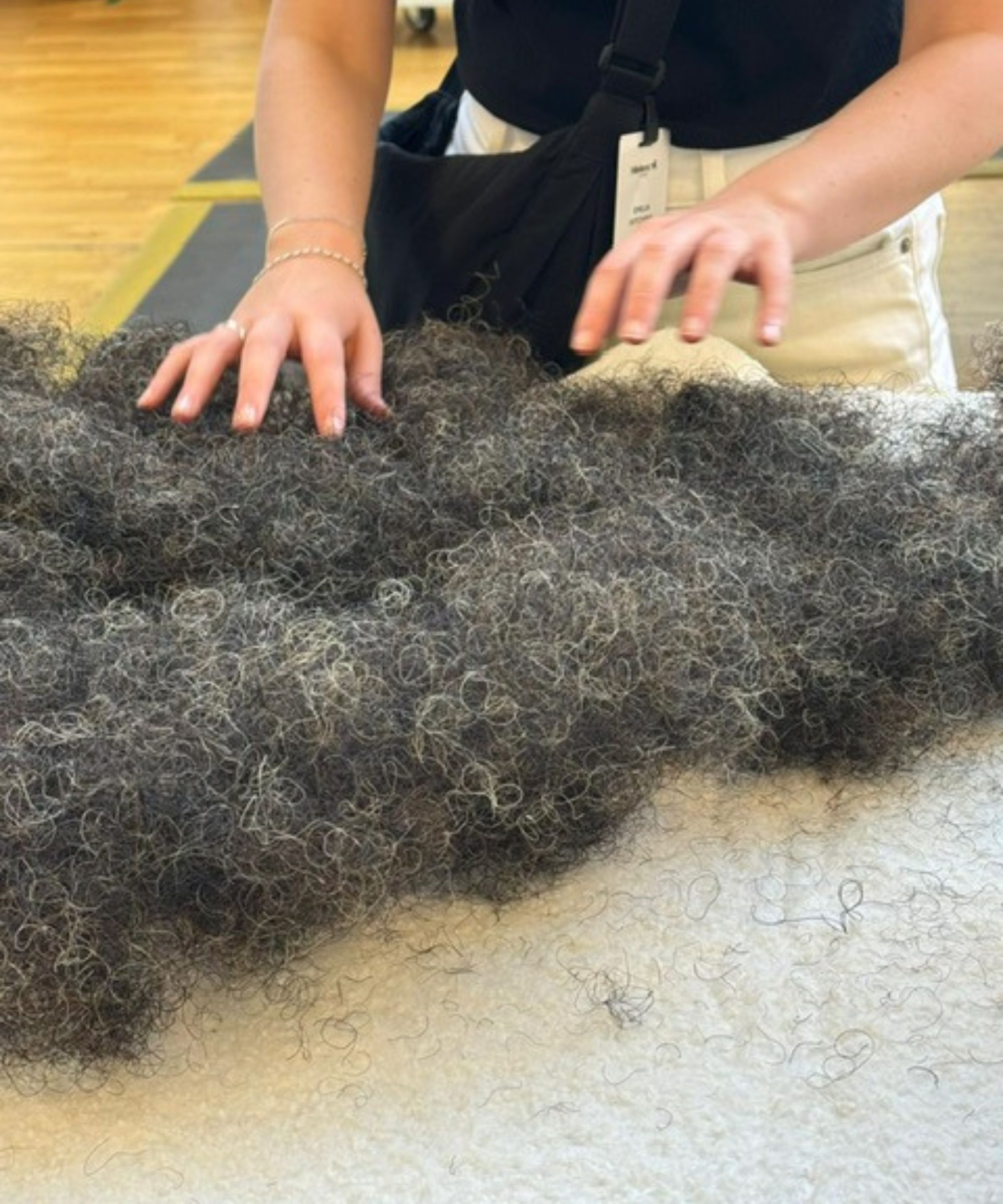
As I stepped from Head Office onto the factory floor, I was struck by the serenity. I've toured American mattress factories where the whirring of machines and the beeping of forklifts is enough to overload your senses. Things feel a lot calmer at the Dream Factory, where most of the work is done without mechanical intervention. Between the busy hands, the beechwood benches, and the matching outfits, the whole operation calls to mind a grown-up of Santa's workshop.
I was an elf for the day, learning my craft from Hästens' most experienced mattress makers. I started work on the top mattress, which is filled with sandwiched layers of cotton and wool for comfort, plus horsehair for thermoregulation and support. Each hair acts as a micro-spring, helping to bear your body weight. The hair is steamed and heated to burn off any dust or dirt, then knotted and twisted into little coils. The mattress makers take clumps of horsehair in their hands and tease it out into even layers. The top mattress I helped to make had two layers of horsehair between three layers of wool and cotton, but the exact arrangement may vary, depending on the mattress model.

While the top mattress was stitched into its cover, work began on the middle mattress. No springs just yet: those come from the bed base. I watched as more layers of wool, cotton, and horsehair were fed into plaid fabric and stitched for security. Following a deft demonstration, one of the mattress makers asked if I'd like to have a go at stitching the side of the middle mattress. Gamely, I agreed. What took him five seconds took me at least five minutes, as I poked, pulled, and pushed the needle to make a single seam. My fellow mattress maker congratulated me, then quietly unthreaded my stitch while I celebrated.
The middle mattress is founded on a pocket spring system to minimize motion transfer (ideal for couples and light sleepers). Depending on the mattress model, your spring system might go on top of or inside your pinewood bed base. This is the only aspect of a Hästens sleep system that is constructed and assembled outside of the Dream Factory. The pine is sourced from northern Sweden, where it grows tall and tough during harsh winters. Then, it's fashioned into bed bases by an unnamed partner company and transported to Köping, where Hästens workers add a dust cover and a few more finishing touches. For example, the corner springs inside the bed base are cushioned with flax, which works to reduce static electricity, so you don't get a nasty shock from your bed frame.
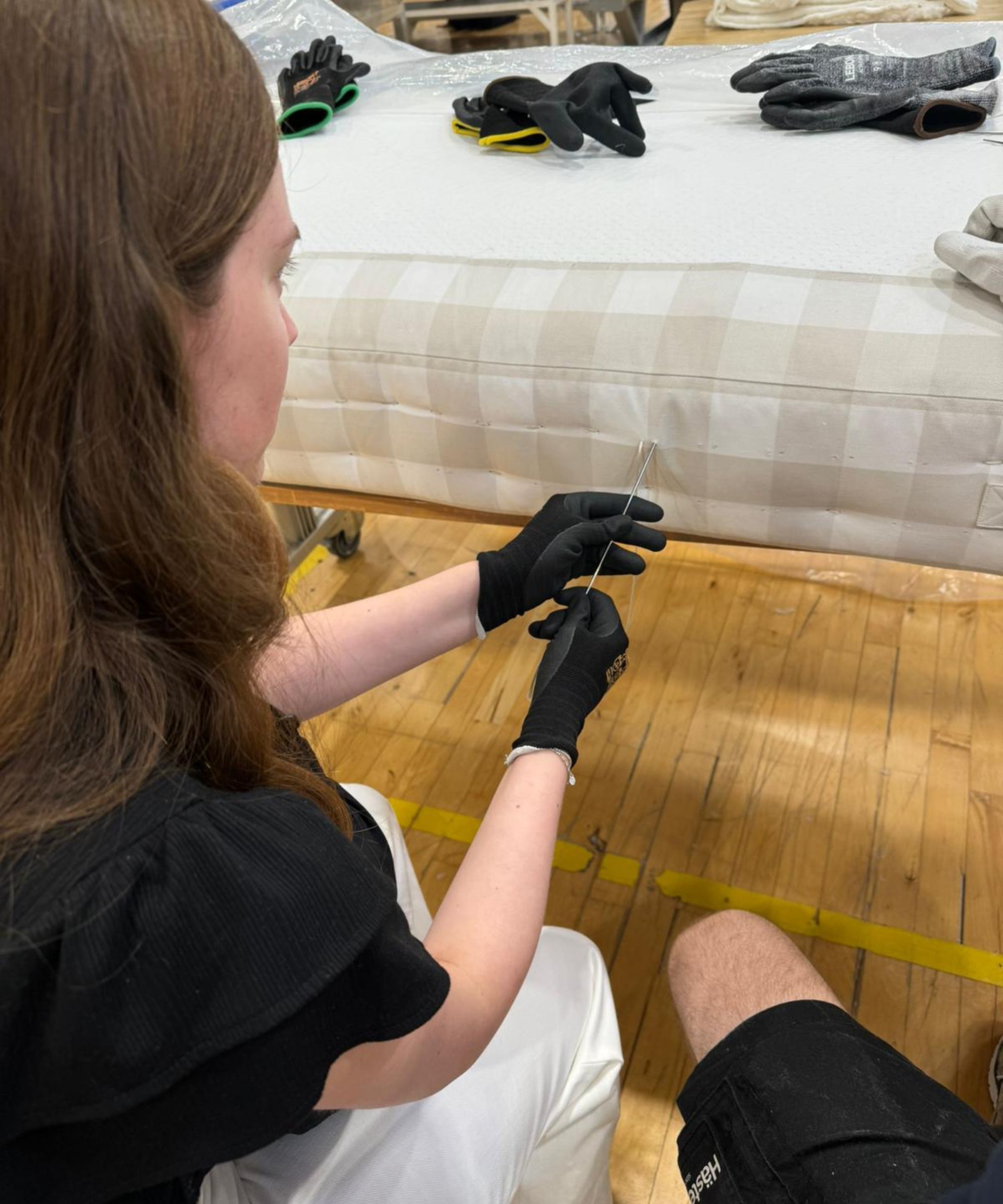
The ideal Hästens worker is a jack of all trades, able to turn their hand to the technicalities of a dozen different mattress models. Only the most proficient workers are trusted to work on the Grand Vividus sleep system. Much of the production process is a closely guarded secret and takes place tucked away in corners on the Hästens factory floor, where photos and videos are prohibited.
Here's what I can tell you. The Grand Vividus is filled with horsetail hair, wool, and cotton, much like any other Hästens sleep system. The headboard is expertly upholstered with lustrous mohair and finished with poplin piping, while the mattress handles are covered in stingray skin. My tour guide openly admitted that this material serves no practical purpose. In fact, the Grand Vividus is so heavy that the handles are just for show − and the stingray skin makes that show all the more spectacular.

For the final stop on my factory tour, I visited the packing station. I embarrassed myself by asking whether the sleep systems were compressed into cardboard, like a box mattress. My tour guide told me that the intricate, intensive work that takes place at every stage of the manufacturing process is carried through to the packing room.
First, the top mattress and middle mattress are wrapped in plastic for protection against dust and dirt. Then, the bed base follows suit. Where some companies make their mattress fit the box, Hästens makes the box fit the mattress. A cardboard case is constructed around each section of the sleep system, which arrives in two parts, delivered to your door. Then, the real work begins – getting your sleep system upstairs. My tour guide is due to move house next month, and he has no idea how he's going to fit his Hästens into his new place. Still, he's determined to find a way − he refuses to give up such a good night's sleep.
The mattress showroom
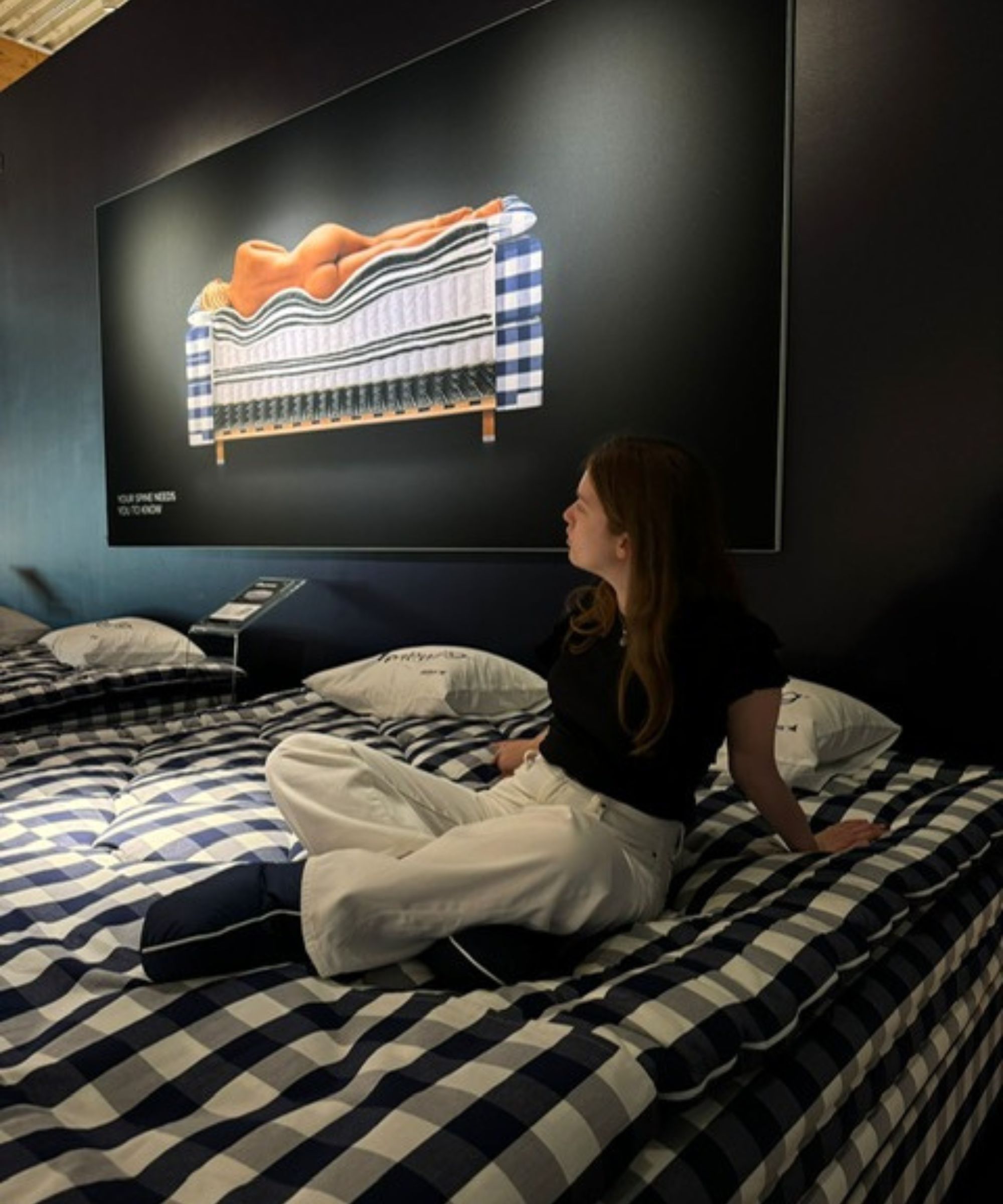
A short drive away from the Dream Factory stands the Hästens flagship store in downtown Köping. Inside, I found almost every Hästens mattress in a range of firmnesses to suit all sorts of sleepers. This wasn't so much of a showroom as a sleep spa. My tour guide encouraged me to swap my sneakers for a pair of down-lined booties so that I could pad from bed to bed while he dimmed the lights and fluffed the pillows.
Before my tour guide could get me into bed, I asked him to explain the enormous poster of a naked woman hanging above my head. He didn't blink. 'All the better to show her spinal alignment,' he explained. He talked me through the picture, showing me how a Hästens sleep system is designed to dip beneath your shoulders and hips to better support your lower back. Sure enough, I could track the straight line from the model's neck along her spine all the way down to her toes. After I found the right Hästens, my spine would be straight, too, though my tour guide assured me I could keep my clothes on.
In order to help me find my perfect match, a member of the Hästens sales team offered me an impromptu sleep consultation. First, he wanted to learn about my sleep positions. When I told him that I tend to sleep on my stomach, he frowned: 'That's a sure sign that you aren't sleeping on the right mattress.' I stood my ground: I can never fall asleep on my side, though sometimes I manage it lying on my back.
Considering my age, weight, and sleep style, my sales associate recommended a medium mattress. In spite of the old adage that firmer beds are better for you, most people at Hästens believe that medium is the best mattress firmness. 'Softness and support aren't mutually exclusive,' he told me: it's all about finding the right balance.
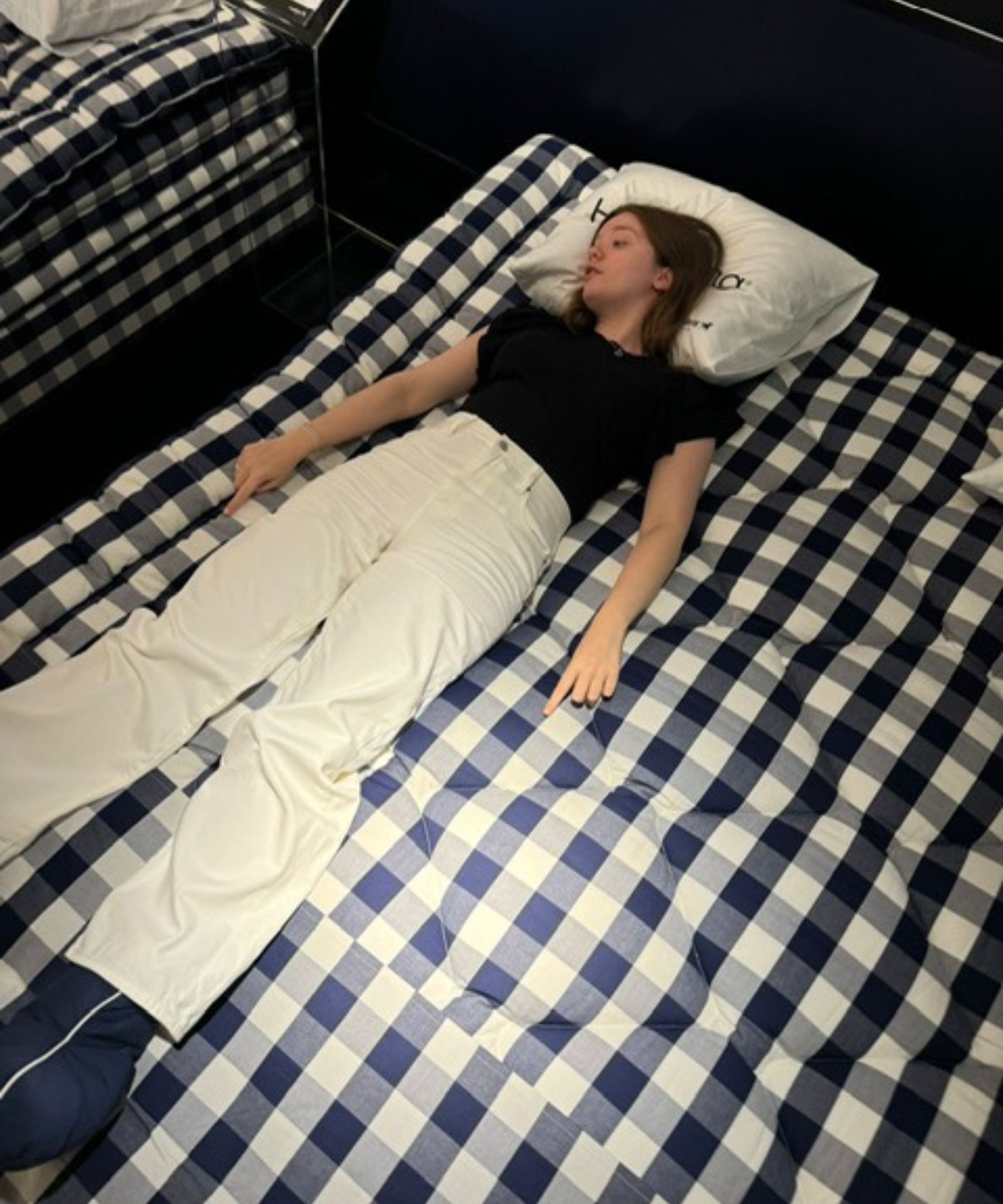
We moved slowly around the store, considering the merits of each mattress to help me lie comfortably on my back. I was surprised to find that, actually, I could – on the right mattress, and only when I had the best pillow. Lying on the Hästens Herlewing (prices start from £17,890, or roughly $24,000), I could feel my hips sink into the surface while my legs and lower back were lifted, keeping my spine in a straight line.
Still, my favorite was the Maranga sleep system from the hotel. Trying it again the next morning, I immediately felt the relief of those supportive steel springs. My sales associate relented and told me it wasn't so bad to sleep on my stomach, as long as I found the right pillow − fluffy and flat to keep my neck from straining.
Full disclosure: I tried the Grand Vividus in the Hästens showroom, and I wasn't a fan. When I admitted this to my sales associate, he wasn't surprised: he thought it was too firm. He told me that 'most people go wrong when they try to buy the best mattress, which they think is the most expensive mattress, without working out whether it is the best mattress for them.'

The bed of my dreams, with just enough bounce to get you into and out of bed, plus plenty of cradling comfort.
Is a Hästens mattress worth it?
Even if I had all the money in the world, I wouldn't buy a Grand Vividus, because it isn't the right bed for me − but I might buy a Hästens Maranga. I can't overstate how well I slept in the hotel and how supported I felt in the showroom. I could justify it in terms of cost per use. If I slept on a $10,000 sleep system every night for seven years (the average life span of a mattress), that's only $4 a day. Most people spend more than that on their morning coffee.
For me, though, it's less about the size of the investment, and more about what I'm investing in. You'll trade in a fast car after a few years, your designer clothes will go out of style, but good sleep is forever. I heard about Hästens customers who have slept in the same beds for 20, 30, 50 years. Their investment paid dividends for their health and well-being. Some customers even pass down their sleep systems to their children and grandchildren to give the gift of better sleep.
To answer my colleague's earlier question: is it worth it? If I bought a Hästens Maranga, and I slept for 50 years as well as I did that first night, I'd say it's money well spent.

Emilia is our resident sleep writer. She spends her days tracking down the lowest prices on the best mattresses and bedding and spends her nights testing them out from the comfort of her own home. Emilia leads a team of testers across America to find the best mattress for every sleep style, body type, and budget.
Emilia's quest to learn how to sleep better takes her all around the world, from the 3Z mattress factory in Glendale, Arizona to the Hästens headquarters in Köping, Sweden. She's interviewed luxury bedding designers at Shleep and Pure Parima, as well as the Design Manager at IKEA. Before she joined Homes & Gardens, Emilia studied English at the University of Oxford.
-
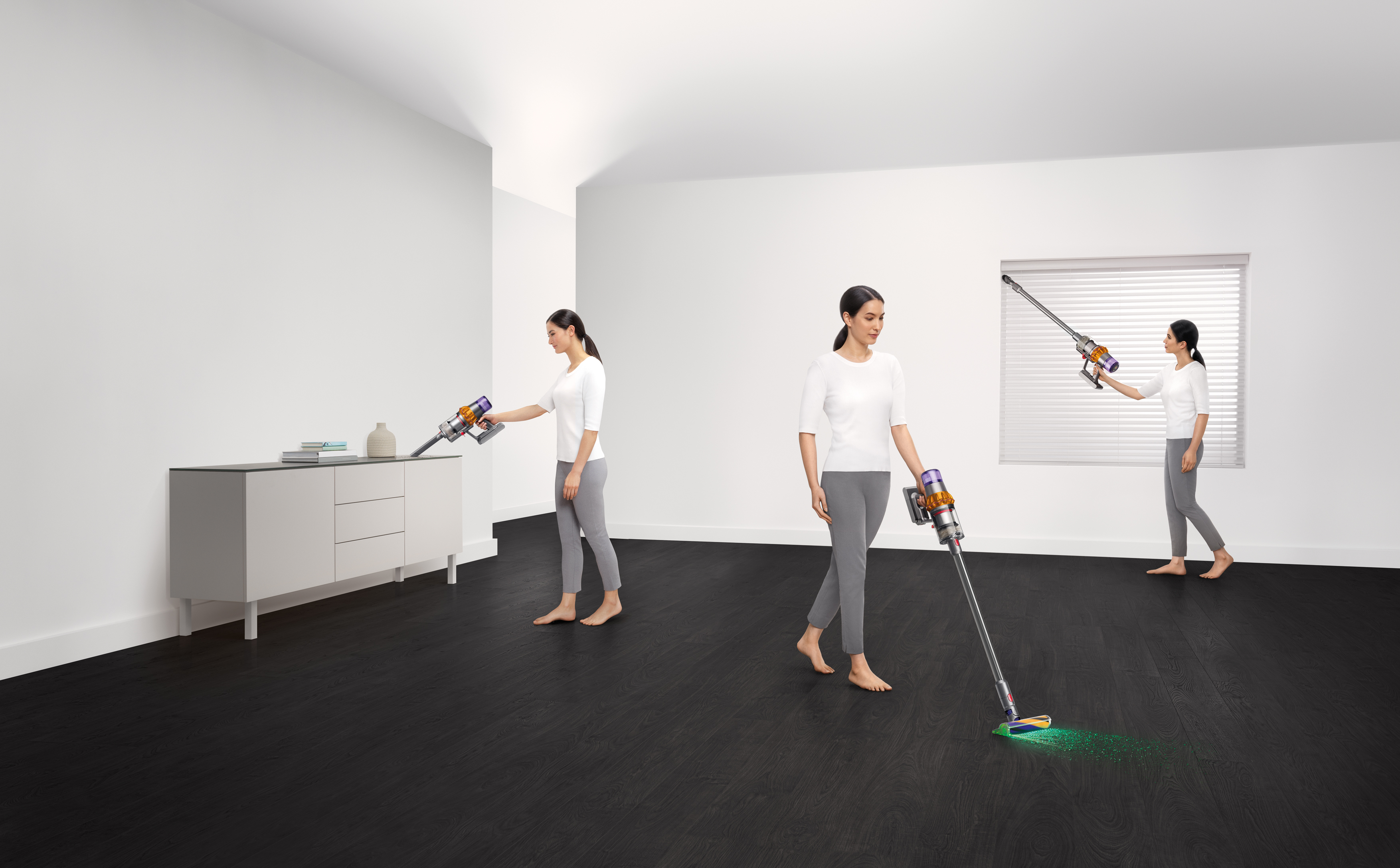 Dyson V15 Detect vs Dyson V12 Detect Slim – which is right for your home?
Dyson V15 Detect vs Dyson V12 Detect Slim – which is right for your home?I've spent more than 200 hours testing vacuum cleaners and these two cordless Dysons are my personal favorites
By Dan Fauzi
-
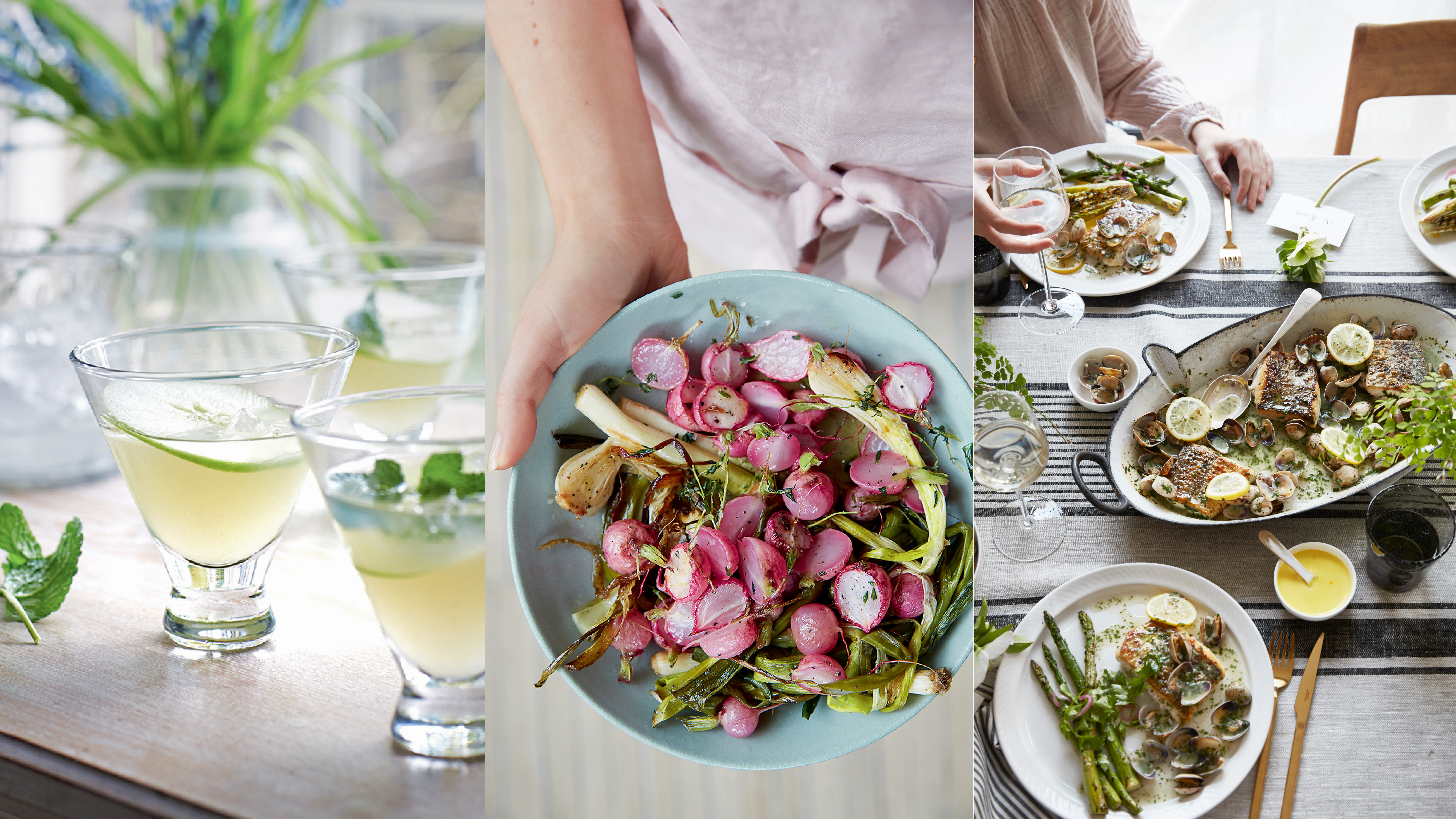 Your perfect Easter menu: our favorite Easter recipes for effortless entertaining
Your perfect Easter menu: our favorite Easter recipes for effortless entertainingFresh flavors, easy dishes, and crowd-pleasing ideas – our selection of Easter recipes make for a relaxed yet elevated spring celebration
By Alice Hart
